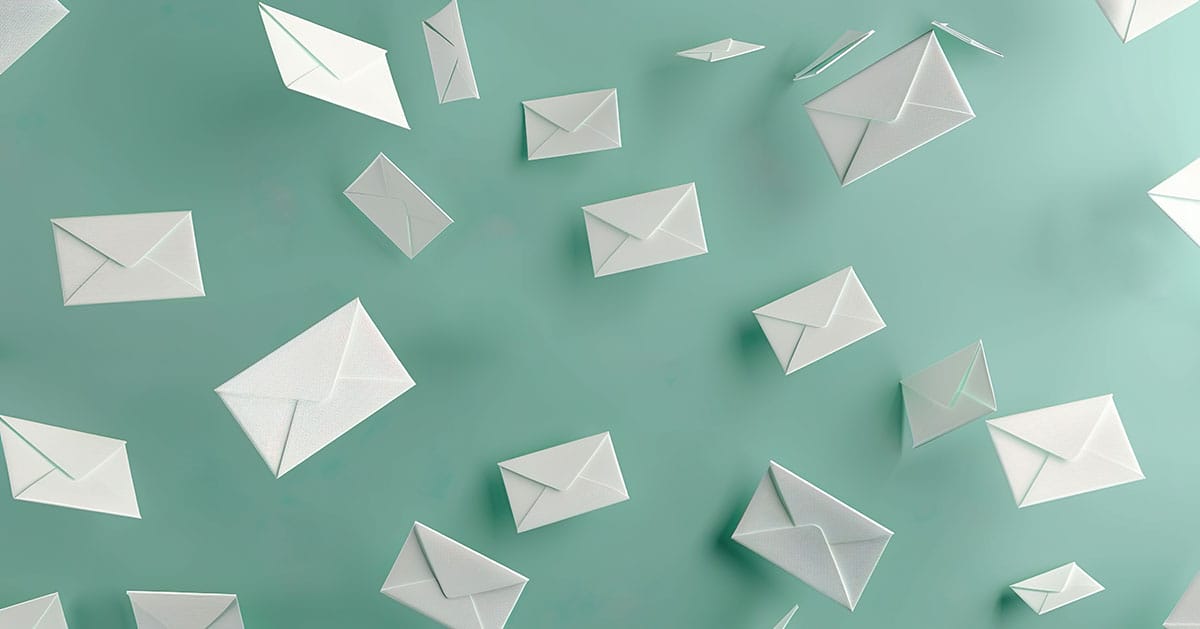Mastering how to answer an email professionally is essential. A polished response enhances your reputation and builds strong relationships. This guide walks you through clear steps to craft professional emails, reply to an email in a professional manner, and make a lasting impression.
Key Takeaways
Professional email communication is vital for building strong business relationships and enhancing your reputation.
Craft a clear, concise email response by reading the original message carefully, structuring your content well, and using bullet points for clarity.
Use polite greetings and professional closings, like “Dear [Name]” or “Best regards”
A timely response and follow-up emails help maintain customer satisfaction and foster positive professional relationships.
Understanding the Importance of Professional Email Communication
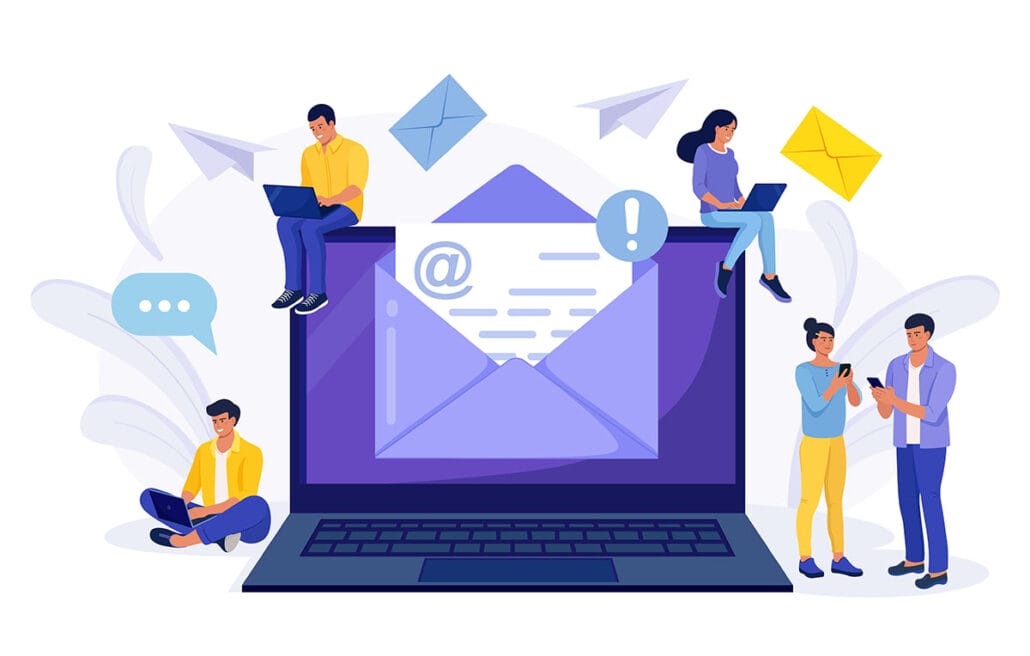
Professional email communication is essential for building and maintaining business relationships. Clear and respectful communication in emails not only fosters good relationships but also maintains a positive reputation.
Imagine sending an email that perfectly addresses a client’s concerns; it not only solves their problem but also leaves them with a sense of trust and respect for your professionalism.
The way you respond to emails can greatly influence your professional reputation and relationships. A well-crafted email response demonstrates attention to detail, professionalism, and commitment to customer service, which can lead to future business opportunities. Think of it as an investment in your professional image; every email you send is a reflection of your work ethic and competence.
Whether at your place of work or while searching for a job, having the skills to write a professional email will take you farther in your career. In a competitive job market, a well-written email can set you apart from other candidates. So, mastering these skills is not just about etiquette; it’s about advancing your career and building a solid professional network.
Reading and Analyzing the Original Email
Before replying, thoroughly read and understand the email to address all points and avoid unnecessary follow-ups. Imagine receiving an email with multiple questions and only answering one; it not only frustrates the sender but also reflects poorly on your attention to detail.
If you feel an emotional reaction to the email, calm yourself before responding. Emotions can cloud judgment, so take a moment to breathe and reread the email with a clear mind. This ensures a courteous and comprehensive response.
Crafting a Clear and Concise Subject Line
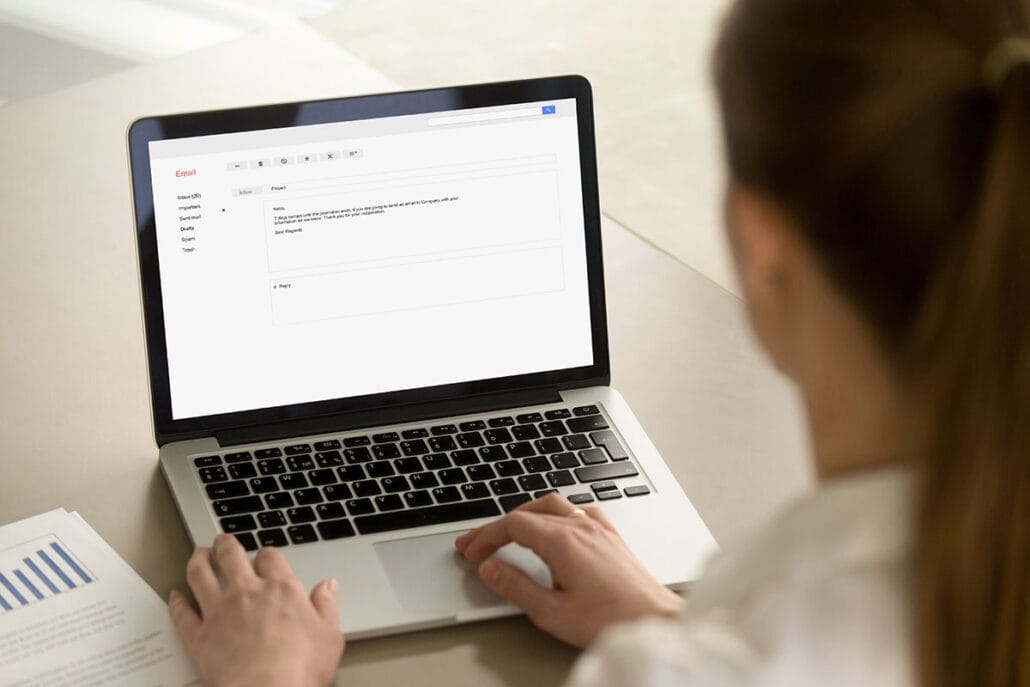
The subject line should summarize the email’s main point and its purpose. Keep it brief, ideally under 10 words or 50 characters, much like a news headline—concise, informative, and attention-grabbing.
Use relevant keywords to make the subject line timely and recognizable. Include action verbs and specific nouns to convey urgency and purpose. For instance, “Urgent: Meeting Request for Project X” is a strong call to action compared to simply “Meeting.” Additionally, consider the customer inquiry subject to ensure clarity.
Proofread the subject line for clarity and errors before sending the email.
Starting with a Polite Greeting
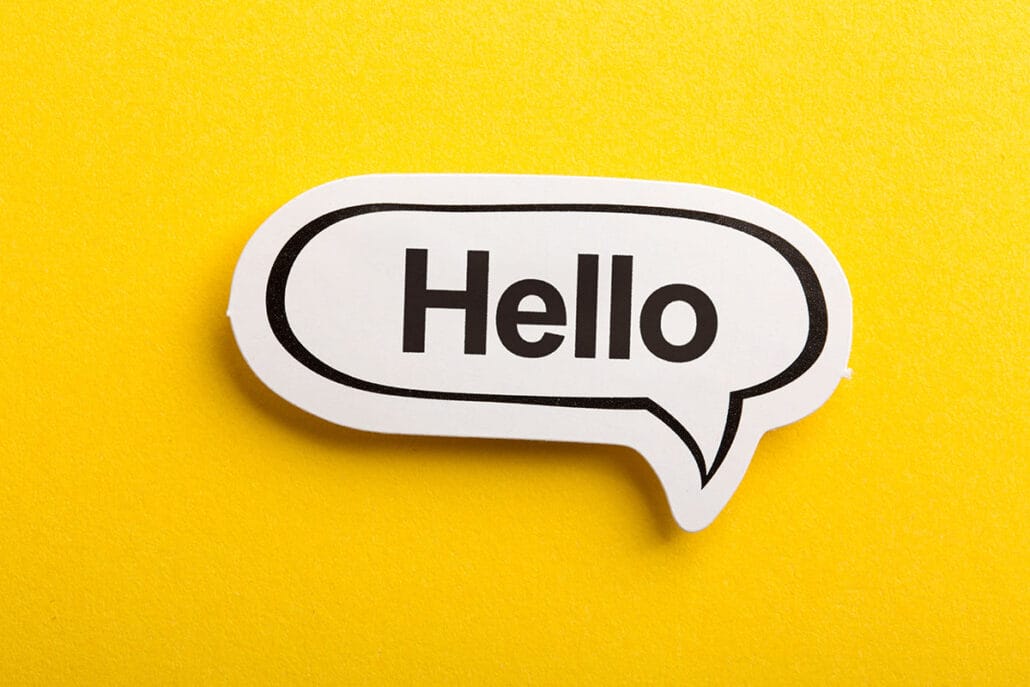
Starting an email with a polite greeting establishes respect and professionalism. Common greetings like ‘Dear [Name]’, ‘Hello [Name]’, or ‘To whom it may concern’ convey respect. Using the recipient’s name personalizes the message and shows consideration.
Double-check the spelling of the recipient’s name and use their full name if unsure about nicknames. A well-chosen professional greeting reflects professionalism and sets a serious tone for the email. Starting on the right note can significantly impact how your email is perceived.
Structuring the Reply to an Email Body
A well-structured email ensures clarity and professionalism, contributing to effective communication. Treat your email like a mini-newspaper article, addressing the who, what, when, where, and why efficiently.
We’ll now delve into crafting a professional email response by addressing key points quickly, using bullet points for clarity, and providing further information.
Address Key Points Quickly: Acknowledge the original subject of the email and address the points and questions raised without delay. Be clear and concise, getting straight to the point. This approach makes it easier for the recipient to understand and respond.
Express Gratitude: If there are any reasons to thank the sender, it’s imperative to do so at the beginning of the email. This recognizes past interactions and shows a desire to keep the engagement warm and professional.
Present Necessary Information: Present information clearly and organized, using bullet points if necessary, to ensure clarity. However, be sure not to overload the email with excessive details.
Use Bullet Points for Clarity: When addressing multiple topics or listing items, using bullet points enhances organization and readability. This method breaks down complex information into digestible parts, making your message clearer.
Invite Further Questions: When offering further assistance, encourage the recipient to reach out with further questions.
Maintaining a Professional Tone
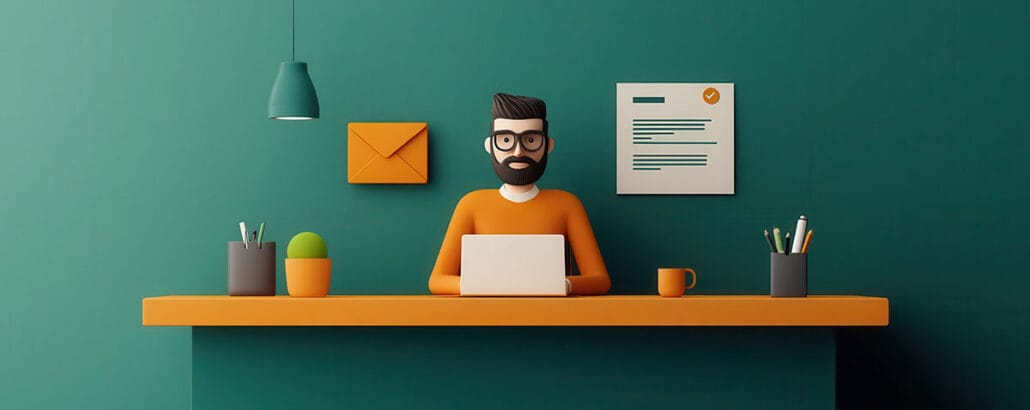
Maintaining a respectful and professional tone in emails is crucial for effective communication and fostering positive relationships. Avoid unprofessional language and ensure politeness and respect throughout the email.
Use closings that match the email’s tone to avoid confusion about the message’s intent. Overly casual sign-offs can undermine professionalism. Including a professional email signature enhances credibility and confirms the sender’s identity.
Well-proofread emails enhance your professional image and demonstrate attention to detail. Expressing gratitude in follow-up emails can leave a lasting positive impression, contributing to future interactions.
Ending Emails Professionally
A courteous and professional closing leaves a good impression, builds rapport, and boosts credibility. Polite email sign-offs convey professionalism.
Common closings to end your emails professionally include ‘Best regards,’ ‘Sincerely,’ and ‘Kind regards’.
A closing line bridges the email body and the signature, reinforcing the email’s intent. Personalizing the closing enhances the recipient’s connection and improves the likelihood of a reply.
Including a Professional Email Signature
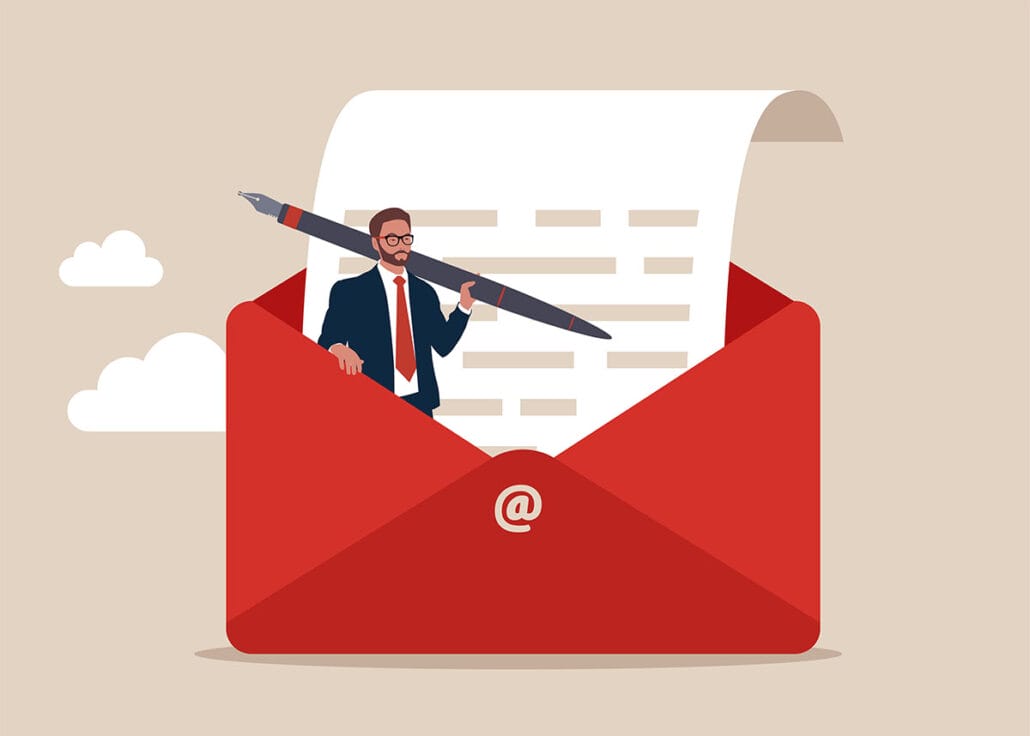
Key elements of an email signature include the sender’s name, job title, company information, and contact details. Including relevant contact information and job title creates a serious and credible impression.
Incorporating social media links in your signature facilitates increased engagement with your brand. An effective email signature establishes credibility and professionalism in communication.
Proofreading for Proper Grammar and Punctuation
Proofreading is critical before sending an email response to avoid appearing unprofessional and to ensure attention to detail. Check for spelling, grammar, and punctuation errors to present professionalism and clarity.
Manual proofreading is vital for catching nuanced errors that automated tools might miss. Taking the time to proofread can significantly impact how your email is perceived.
Responding Promptly to Maintain Customer Satisfaction
Responding promptly to emails is crucial for ensuring customer satisfaction and effective communication. Slow responses can lead to frustration, with 82% of customers potentially stopping business with a company.
Customers typically expect an email response within 24 hours, with 31.2% expecting a reply within one hour. Responding within 24-48 hours is acceptable in a professional setting. Quick email response times significantly improve customer satisfaction and enhance a company’s reputation.
Follow-up Emails and Their Importance
Following up on an email builds trust and loyalty with customers and helps maintain a positive reputation. Follow-up emails are key in maintaining professional relationships and ensuring effective communication.
A follow-up email serves as a reminder and reinforces the original message, helping recipients recall previous communications. Clear objectives for follow-up emails ensure they are purposeful and resonate with the recipient.
Personalizing follow-up emails with context improves the likelihood of a response, demonstrating genuine interest. Key components include being concise, informative, expressing gratitude, reminding of previous communication, providing updates, and inviting further action.
Utilizing AI Tools for Better Communication
AI tools assist in drafting professional emails and improving response times. AI email writing tools use natural language processing to enhance email quality and efficiency.
AI tools for email writing significantly reduce writing errors, making communication clearer. AI can automate personalized email campaigns, increasing reply rates.
Professional email response templates save time, ensure consistency, and create clear and effective responses.
Summary
Professional email communication is an essential skill that can significantly impact your career and business relationships. From crafting a clear subject line to maintaining a professional tone, each step is crucial in ensuring your emails are effective and well-received.
By applying the strategies discussed in this guide, you’ll be well-equipped to handle professional emails with confidence. Remember, every email you send is an opportunity to leave a positive impression and build lasting professional relationships.
Frequently Asked Questions
Why is it important to understand the original email before responding?
It’s crucial to grasp the original email because it ensures you cover all relevant points and avoids the hassle of unnecessary back-and-forth. This way, you can reply to an email effectively and keep the conversation flowing smoothly.
How can I make my subject line effective?
To make your subject line effective, keep it brief and use action verbs with relevant keywords to create a sense of urgency. This will grab attention and encourage clicks!
What should I include in a professional email signature and closing?
Your professional email signature should include your name, job title, company name, contact information, and relevant social media links. This helps ensure your recipients have all the necessary info to connect with you! You should also end your email with a kind send-off, like “best regards” or “looking forward to hearing from you.’
How quickly should I respond to customer emails?
You should aim to respond to customer emails within 24 hours, as many expect a reply even sooner—within an hour. Keeping it under 24 hours will really show your commitment to great service!
How can AI tools improve my email communication?
AI tools can enhance your email communication by helping you draft messages, minimize errors, and automate personalized campaigns, leading to higher response rates. It’s like having a writing assistant right at your fingertips!

